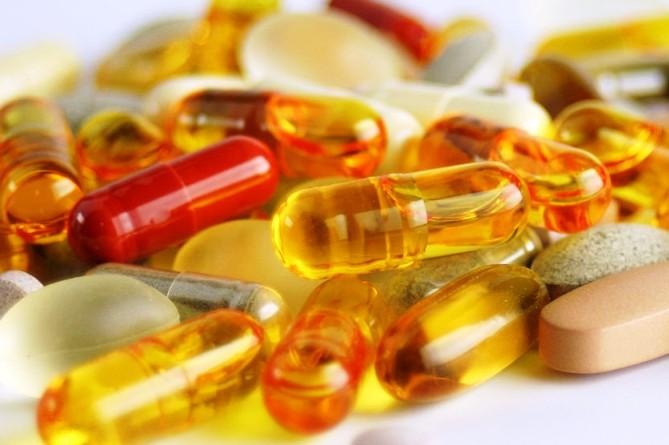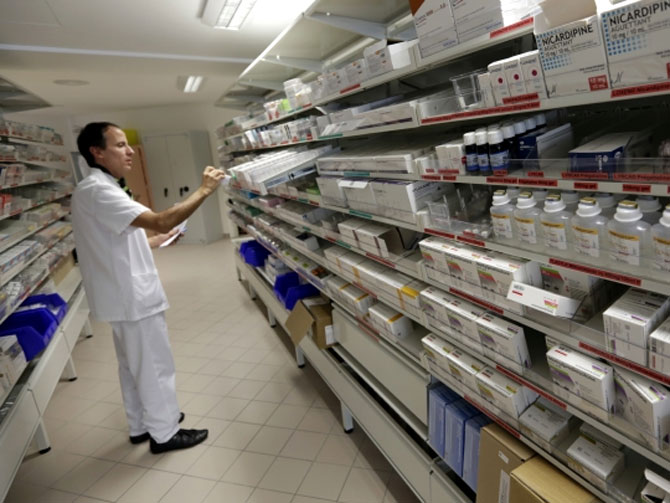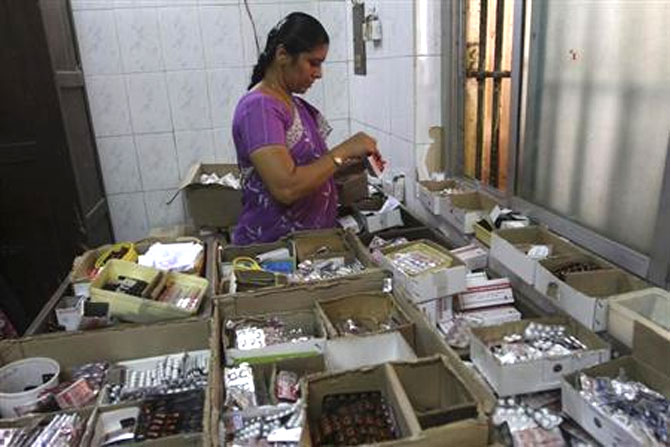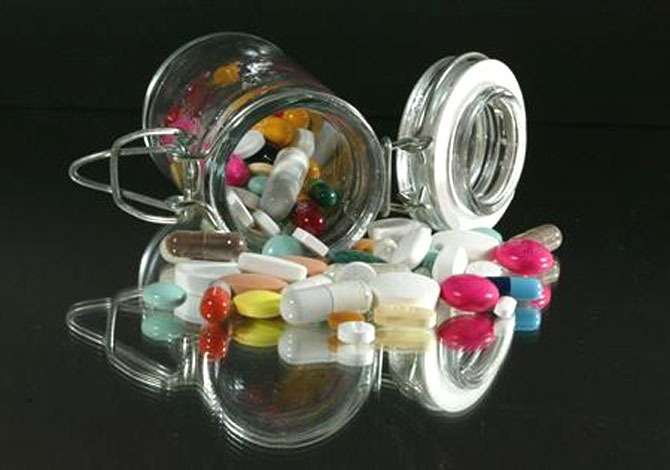 | « Back to article | Print this article |
Soon, medicines to cost a lot!
The next time you go to your chemist, you are likely to notice an increase in your medicine bill.
In keeping with the new pharmaceutical pricing policy, the regulator has allowed companies to raise maximum retail price of essential medicines by 6.32 per cent, while all other product prices can go up by 10 per cent annually.
The rise in essential medicines’ prices is based on the annual increase of 6.32 per cent in the wholesale price index during calendar 2013.
Click NEXT to read further. . .
Soon, medicines to cost a lot!
The new pharmaceutical pricing policy, which was cleared by the Cabinet in November 2012, capped prices of 348 essential medicines at the average of all drugs in a particular segment with more than one per cent market share.
However, the government allows firms to increase prices of these medicines annually based on the rise on WPI.
For all other medicines, which are not directly under price control, companies are allowed to fix the launch price.
However, these companies can also increase prices annually by up to 10 per cent.
Click NEXT to read further. . .
Soon, medicines to cost a lot!
Experts say given the annual inflation, the increase might not be substantial for the industry, which has to deal with rising cost of manufacturing, raw material as well as packaging and logistics.
During 2012-13, average WPI inflation was at 7.37 per cent, which declined to 5.93 per cent in the first 11 months of FY14. In the current financial year, Asian Development Bank has projected it to increase a bit to reach six per cent.
“The industry would have expected the hike to be higher.
“The cost of manufacturing and other related costs have increased significantly over the past few years and though the move will offset some of it for the industry, it is still marginal,” said Kumar Hinduja, senior director, strategy planning & business development, at IMS Health.
Click NEXT to read further. . .
Soon, medicines to cost a lot!
Pharmaceutical companies such as GlaxoSmithKline Pharmaceuticals, Cipla, Ranbaxy, Dr Reddy’s Laboratories, Abbott and Cadila Healthcare have a huge portfolio of essential medicines.
From the consumer point of view, the price increase may weigh up on pockets of many.
According to IMS Health data, annual healthcare expense was estimated at around 11 per cent of the total household spend during 2011-12.
This healthcare cost had risen from four per cent in 2007-08.
Click NEXT to read further. . .
The image is used for representational purpose only
Soon, medicines to cost a lot!
Medicines constitutes almost 60 per cent of the total healthcare cost in a household, while there are various other costs such as hospital bills, diagnostics, etc.
“According to the final wholesale price index, as confirmed by the economic advisor (ministry of commerce & industry), the annual increase in the wholesale price index work out as 6.32 per cent during the calendar year 2013 over the corresponding period in 2012,” drug price regulator National Pharmaceutical Pricing Authority said in a notification recently issued to the industry.
According to NPPA chairman C P Singh, companies can increase prices immediately as the order is in effect from April 1.
“We have asked companies that they must inform us within 15 days if they decide to increase prices of scheduled (price controlled) drugs within the stipulated limits.
“For rest of the products also, we will collect data from companies as we have to keep tab on all the medicines,” Singh told Business Standard.
Click NEXT to read further. . .






